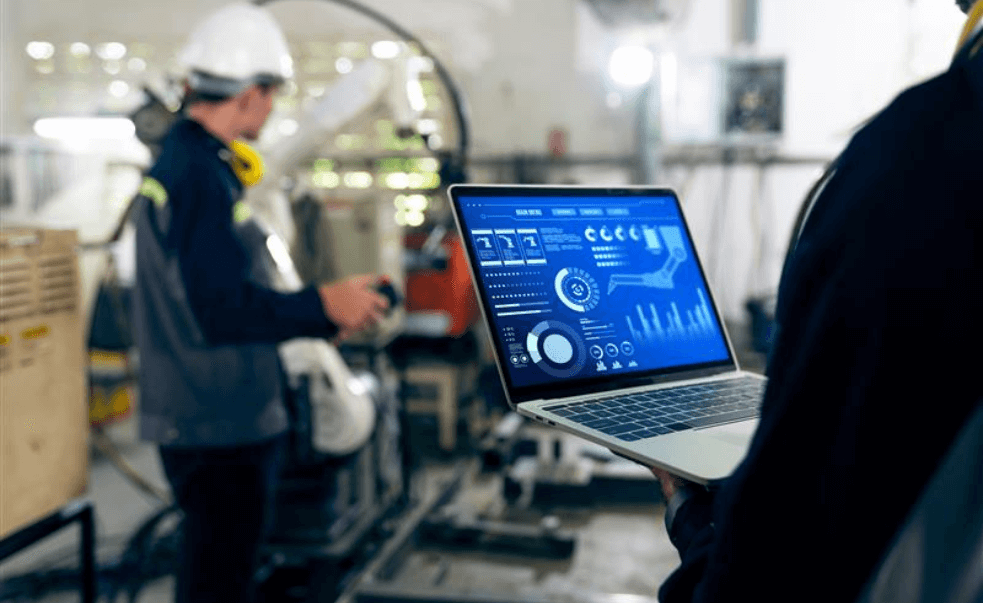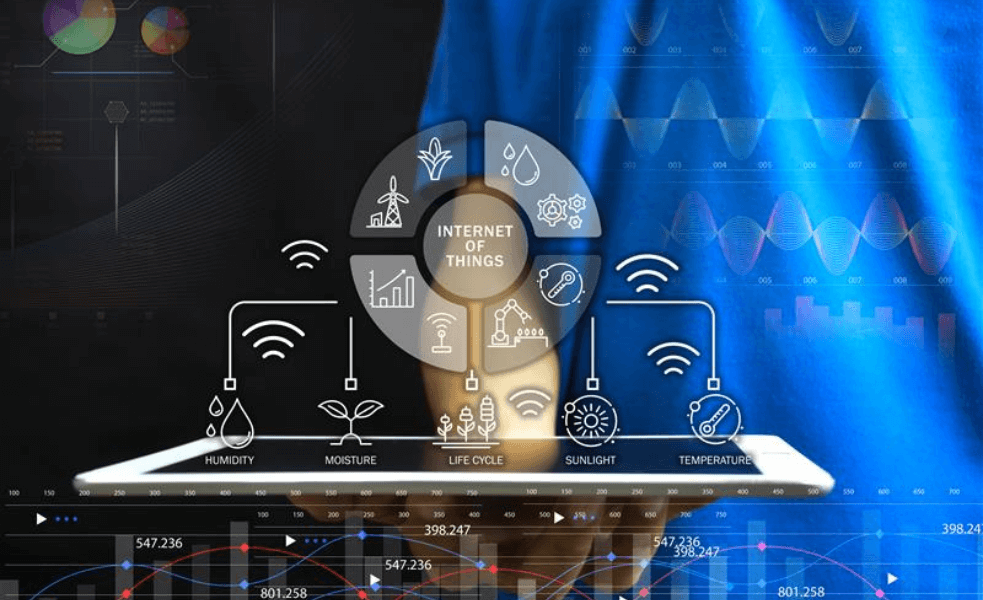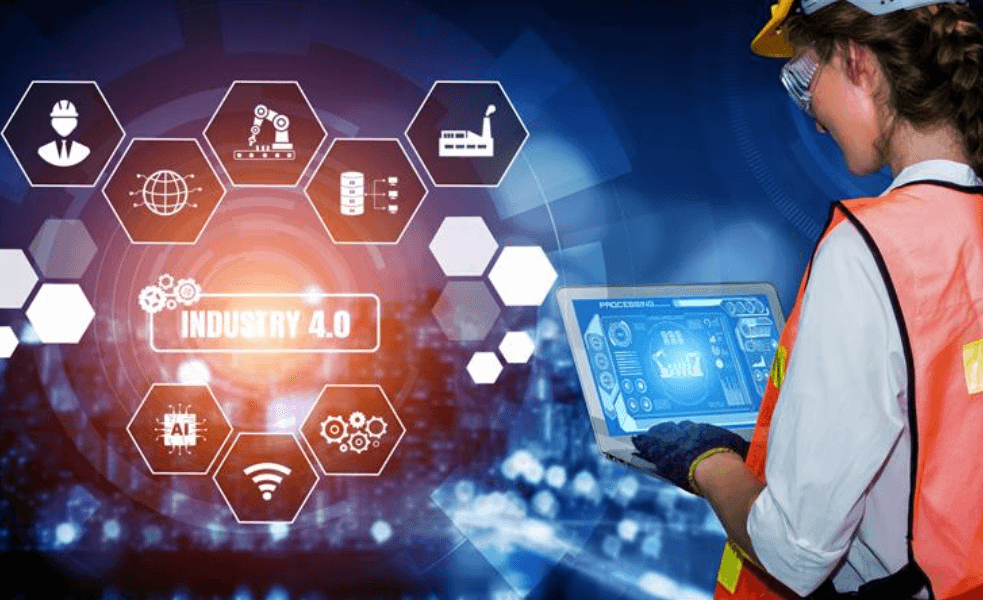If you’re here, you already know IoT Application Development aren’t just cool — they’re the backbone of modern business innovation. Whether it’s smart factories, connected vehicles, or intelligent utilities, the software powering these IoT devices is what truly unlocks their value.
Developing an IoT application isn’t just about writing code; it’s about crafting a robust ecosystem that seamlessly connects devices, collects data, analyzes insights, and delivers action in real time — all while keeping things secure and scalable.
As we head deeper into 2025, businesses that get IoT app development right will outpace competitors by turning data into decisions faster and smarter.
So let’s break down what it really takes to build successful IoT applications.
What Is IoT Application Development?
Simply put, IoT application development is the process of designing, coding, testing, and deploying software that powers IoT devices and manages the data they generate. It spans everything from embedded device firmware to cloud platforms and mobile or web apps that users interact with.
Good IoT apps provide real-time monitoring, automation, analytics, and remote management — creating seamless interactions between humans and machines.
The IoT Application Development Landscape: Components and Layers
To build an IoT app that works, you need to think about the full stack — and it’s more complex than your average app. Here’s a quick overview of the main components:
- Device Layer: The actual IoT devices with embedded sensors and actuators. They gather data and perform actions.
- Communication Layer: Connectivity protocols like Wi-Fi, Bluetooth, Zigbee, LoRaWAN, or 5G that transmit data between devices and servers.
- Edge Layer: Sometimes, local edge computing nodes process data near devices to reduce latency.
- Cloud Layer: Centralized platforms store, analyze, and visualize data. Cloud providers like AWS, Azure, or Google Cloud often power this.
- Application Layer: The user-facing part — dashboards, mobile apps, alerts, and APIs — that provide insights and control.
Key Considerations for Building Robust IoT Applications
Developing IoT apps is exciting but also challenging. Here’s what you need to keep front and center:
1. Scalability from Day One
IoT deployments can scale from a handful to millions of devices fast. Architect your app so it handles massive device fleets and data volumes without breaking a sweat.
2. Security and Privacy
IoT apps are tempting targets for hackers. Encrypt data, authenticate devices, and keep firmware updated. Don’t overlook user privacy — especially if you’re handling personal or sensitive data.
3. Device and Network Diversity
You’ll likely work with multiple device types and communication protocols. Build flexible systems that can integrate different hardware and connectivity standards.
4. Real-Time Data Processing
Some IoT use cases, like industrial automation or healthcare monitoring, need instant data analysis. Edge computing or hybrid cloud-edge models can help here.
5. Interoperability and Standards
Avoid vendor lock-in by using open standards and APIs. Ensure your IoT app can easily talk to other systems and third-party services.
6. User Experience (UX)
The best IoT apps make complex data simple to understand and act on. Focus on intuitive dashboards, alerts, and mobile accessibility.
Best Practices for IoT Application Development
Now let’s get tactical — what should your development process look like?
Start with a Clear Use Case and Goals
Define exactly what problem your IoT app solves, who will use it, and what success looks like.
Choose the Right Development Frameworks and Tools
There are tons of options — Node-RED, Microsoft Azure IoT SDK, AWS IoT Core, Google Cloud IoT, and more. Pick the tech stack that fits your project’s size, complexity, and timeline.
Design Modular, Microservices-Based Architecture
Break down your app into loosely coupled services that can be updated independently and scale horizontally.
Use Agile Development with Continuous Testing
IoT projects are complex; agile approaches let you adapt quickly and deliver value incrementally.
Prioritize Security at Every Layer
Integrate security checks in your CI/CD pipeline and perform regular penetration tests.
Build for Maintainability and Upgrades
IoT devices and apps need regular firmware and software updates. Plan your architecture to support OTA (over-the-air) updates without disrupting service.
Implement Robust Device Management
Your platform should handle device onboarding, configuration, monitoring, and lifecycle management seamlessly.
Plan for Data Storage and Analytics
Decide early how much raw data to store, how to filter noise, and what analytics tools to integrate.
Popular IoT Development Frameworks and Platforms
Here’s a quick rundown of some go-to tools in the IoT development world:
- Microsoft Azure IoT Suite: Cloud-first, with strong device management and AI integration.
- AWS IoT Core: Scalable, secure, and great for big data analytics.
- Google Cloud IoT: Strong machine learning and edge computing support.
- ThingWorx: Designed for rapid industrial IoT app development.
- Node-RED: Open-source visual programming tool great for rapid prototyping.
Challenges Unique to IoT Application Development
IoT apps face hurdles not common in traditional software:
- Hardware Constraints: Limited CPU, memory, and power on devices require efficient coding.
- Connectivity Issues: IoT devices may face intermittent or low-bandwidth networks.
- Data Volume: Massive sensor data streams require intelligent filtering.
- Diverse Stakeholders: Coordination between device makers, software developers, and end-users can be tricky.
Planning for these early can save headaches down the road.
Case for Agile IoT Development in 2025
The IoT landscape is fast-moving. An agile, iterative approach lets you adapt to shifting requirements and new tech breakthroughs.
Set up sprints focusing on:
- Device integration and data capture
- Cloud backend development
- Front-end UX/UI design
- Security testing and compliance
This phased delivery also allows for user feedback incorporation, improving product-market fit.
How to Ensure Successful Deployment and Scaling
Launching is just the beginning. IoT applications must perform reliably in real-world conditions.
- Pilot Programs: Test your app with a small device fleet before scaling.
- Monitoring and Analytics: Use telemetry to track app health and device status continuously.
- Automated Alerts: Detect failures and anomalies proactively.
- Continuous Updates: Use OTA updates to fix bugs and add features seamlessly.
Remember, scalability means your app stays responsive and secure as you add more devices and users.
Emerging Trends Shaping IoT Application Development
- AI-Driven Automation: Smart IoT apps will automate decision-making with minimal human input.
- 5G and Beyond: Faster, reliable connectivity unlocks new use cases with real-time control.
- Low-Code/No-Code IoT Platforms: Democratizing app development for non-technical users.
- Blockchain for IoT Security: Enhancing trust and transparency in device communication.
- Sustainability Focus: IoT apps helping businesses meet ESG goals by optimizing energy and resource use.
Frequently Asked Questions (FAQs)
How long does it take to develop an IoT application?
It varies widely based on complexity but expect 3-9 months for a full-featured app.
Can IoT applications be developed without extensive hardware knowledge?
Yes, many cloud platforms and frameworks abstract hardware complexities, enabling software teams to focus on app logic.
How do I ensure my IoT app scales with my business?
Choose cloud-native architectures, use microservices, and leverage auto-scaling infrastructure.
What are the biggest security risks in IoT applications?
Unsecured devices, weak authentication, data interception, and lack of updates.
Do I need a dedicated IoT development team?
For complex projects, yes. However, some smaller solutions can be built with existing developers plus IoT platform specialists.
Conclusion: Building the Future One IoT App at a Time
IoT application development is where innovation meets impact. By carefully designing scalable, secure, and user-friendly applications, you unlock endless possibilities — from optimizing operations to creating entirely new business models.
Whether you’re a startup or an established business, mastering IoT development in 2025 means embracing flexibility, security, and speed. Focus on clear use cases, choose the right tools, and iterate fast.
The world is connected — your IoT app can be the link that drives smarter, more efficient, and more profitable business outcomes.



